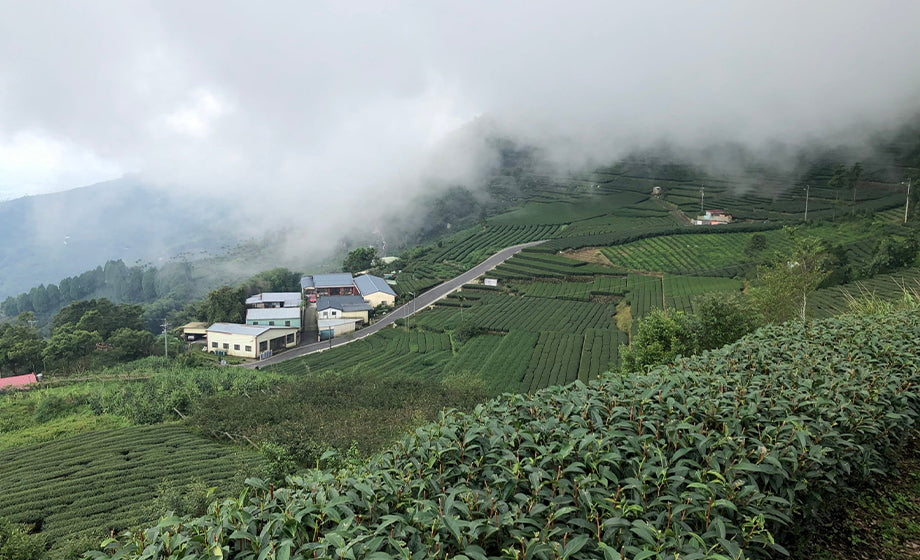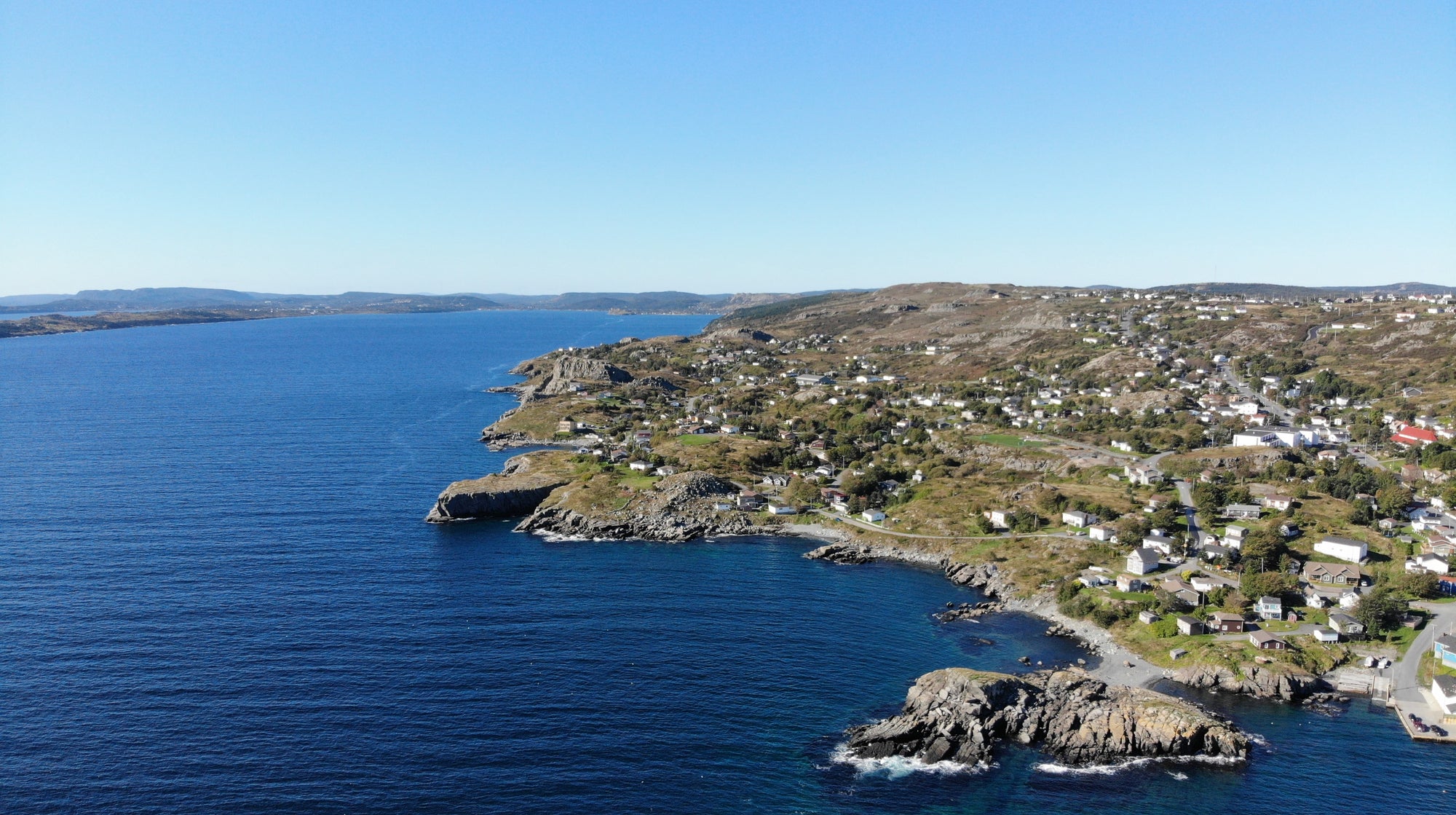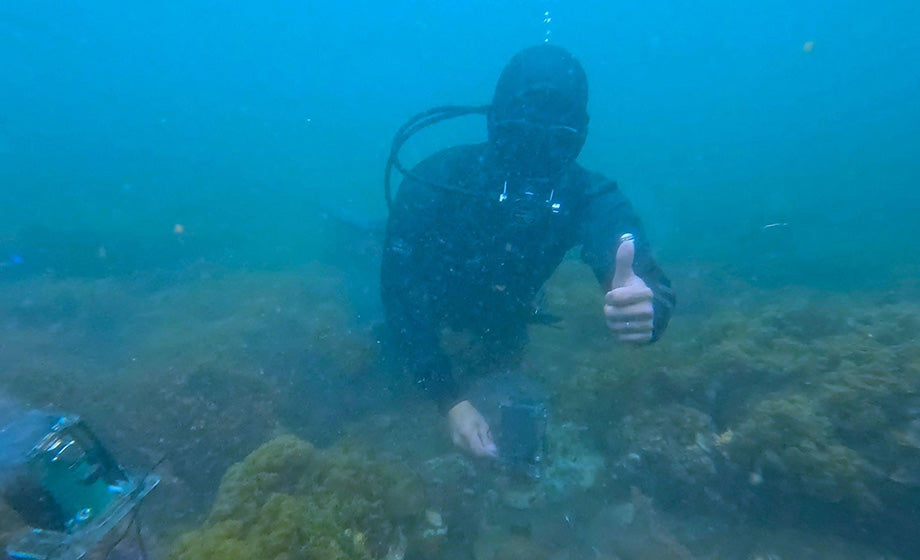One of the main issues brought about by global warming is the undeniable change in mother nature. Unpredictable climate change includes but is not limited to increased humidity, extreme temperatures, and excess rainfall. At this time, Brinno is honored to sit down with prestigious Geography scholar, Professor Huang from NTU, and explore how the climate has evolved after these constant changes.
1. What is your research mostly focused on?
Our main focus now is the cloud forest of Taiwan. Climate change resulting from global warming is continuously affecting the world in various ways, and Taiwan's climate is no exception. According to international research, one significant finding reveals the shrinkage of mountain cloud bands. Fog appears only in sufficiently cold areas, so as we ascend the mountains, the fog becomes thicker. However, due to the stability of the atmosphere at the top of the mountain, global warming causes the cloud base to rise, leading to a decrease in the cloud forest area. Apart from the decline in water supply, another critical issue stemming from the shrinkage of cloud bands is the reduced mineral nutrients carried by fog water, which are essential for supporting forest ecosystems. This also contributes to a decline in biodiversity, affecting various species that rely on the cloud forest for their habitat and survival.
2. What motivates your dedication to cloud forest research?
One extraordinary aspect of Taiwan is the extensive coverage of cloud forests. Normally, Taiwan is considered a place with relatively few droughts, with an average of around 2000 mm of raindrops per year. However, seasonal droughts have had a significant negative impact on the land. As a result, my research has gradually focused on understanding how macroclimate change affects the cloud forest and its implications for both human activities and the natural ecology. Besides studying weather patterns, the consequences of cloud forest change have had a profound impact on tea farming. Tea holds great significance in Taiwanese culture, and tea farmers are directly affected by shifts in the mountain cloud band. Spring tea and winter tea are two pivotal seasons for tea farming, yet the recent seasonal droughts have caused significant water shortages during the original harvesting periods over the past three years.
3. How do you conduct your research?
In the long run, our goal is to integrate satellite technology and ground truth data to predict the occurrence of fog. Currently, we are in the process of collecting data and training the model. Once we have identified the necessary conditions such as temperature and humidity for fog formation, we can analyze past data and retroactively calculate the emergence of fog. Moreover, this approach will enable us to forecast how and when fog will appear in the future. Looking even further ahead, our predictions can provide valuable insights for farmers who utilize fog nets, allowing them to maximize water collection based on the anticipated fog patterns.

4. What is a fog net?
One of the interesting phenomena was observed from the arid region of the western United States. Despite experiencing long periods without significant rainfall, large trees in this region have managed to sustain their growth and vitality. This resilience can be attributed to the expansive cross-intersection of branches and leaves that facilitates the capture and absorption of moisture from the surrounding environment. This broad coverage increases the tree's ability to intercept water vapor present in the air, such as fog and mist, which can provide a vital source of hydration during dry spells. The concept of fog nets involves the strategic placement of fine mesh panels or nets in areas where fog occurs. These nets intercept the passing fog, allowing tiny water droplets to condense on the mesh surfaces. Over time, as more and more droplets accumulate, they coalesce into larger water droplets that eventually drip down into collection troughs or reservoirs.
5. Please briefly share your experience with the time lapse camera.
To train a fog prediction model, a substantial amount of data is necessary, and its reliability is based on the availability of abundant and diverse datasets. While sensors can collect data on the current atmospheric conditions, the persuasiveness of purely numerical information is limited. Visual confirmation is often required to validate the presence of fog, and this is where the Brinno time lapse camera comes into play. These cameras serve as a valuable tool for observing cloud forests in Taiwan, as they provide essential visual data that complements quantitative information. By capturing a series of images over time, researchers can visually confirm the occurrence of fog and monitor its movements. This visual data greatly enhances the accuracy and comprehensiveness of fog observations. Furthermore, by integrating advanced satellite technology in the future, atmospheric research can offer valuable insights for a deeper understanding of these unique ecosystems.




